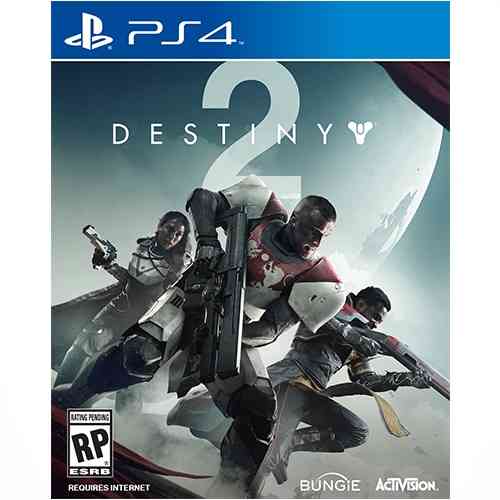Destiny 2 Review
In 2014, Destiny 1’s launch lit the world on fire. To this day, it stands as one of the most hyped video game releases I’ve ever been a part of. I had a great deal of fun shooting countless aliens while collecting loads of loot across the galaxy with my friends for well over a year, but eventually, the game became a bit lethargic. From a practically non-existent main narrative to repetitive experiences in shallow shared spaces, Destiny 1 left much to be desired. Sure, expansions like The Taken King and Rise of Iron stoked the flames of enthusiasm, and in many ways teased what was to be expected in the sequel, but they weren’t quite enough to keep me invested in the rich universe Bungie had crafted. At long last, the much anticipated Destiny 2 has arrived. Between storytelling, gameplay, and progression, Bungie’s follow-up to their shared world shooter reignites the hype as it builds upon every facet of its predecessor. Strap in, because there’s a lot going on in this game.
Upon reaching the conclusion of the first game, one of the primary requests from fans, myself included, was a gripping narrative. In Destiny 1, I’ll never forget the anticipation I felt in reaching ‘The Stranger’ on Venus only for her to say “I don’t even have time to explain why I don’t have time to explain.” That revelation was both thoroughly disappointing and hilarious. Thankfully, Bungie has plenty of time to explain the motivations of every character in Destiny 2’s narrative. Throughout the course of the story, you discover what drives each member of the Vanguard, the cast that supports them, and the motivations of the main antagonist, Dominus Ghaul, who is easily the most well-developed villain in the series’ history so far.
Despite it being a bit formulaic, I was fully engaged from start to finish. For the most part, the narrative is everything I could have hoped for in a Bungie developed story. It’s a cinematic, cohesive tale with high stakes supported by strong characters. I wouldn’t have been opposed to Bungie taking bigger risks with their characters and plot, but I imagine it’s a challenging feat to accomplish when your story exists within an MMO. I also would’ve enjoyed combating a new faction of enemies. The enemies in Bungie’s universe are diverse in appearance but feel similar during combat. However, each of the factions has received minor adjustments in terms of their movement and tactics. Plus, the Cabal were my favorite enemies to fight in Destiny 1, so, it was nice to have them at the forefront of the show. Overall, the writing and performances are top notch, and seeing the characters unite for the final showdown makes for a thrilling conclusion.
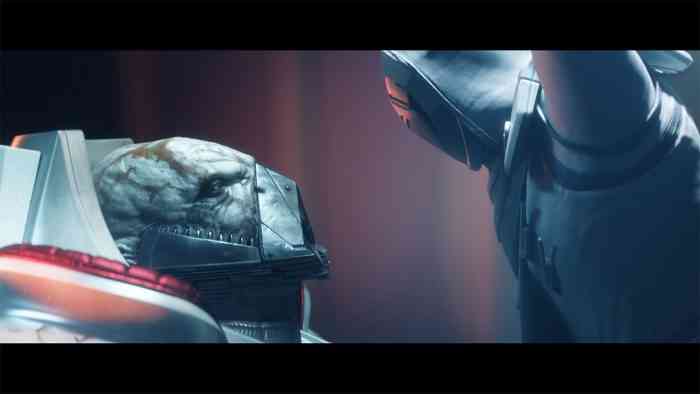
Destiny 2’s supporting cast is also a major addition to the narrative and gameplay. Suraya Hawthorne and Devrim Kay, in particular, create an intriguing dynamic as they provide insight into the lives of humans who live beyond the walls of Earth’s last city. Dire circumstances brought guardians and non-guardians together in a desperate effort to save humanity, and I enjoyed seeing them interact and fight alongside each other. Having the supporting cast exist within the shared worlds to provide commentary on your actions, sell gear, and supply faction rewards is fantastic. They breathe additional life into the worlds and I admire their varying personalities. Sloane and Asher are great, but I’ve gotta give a special shout out to Failsafe. Her dialogue is priceless, and the conversations she and your ghost share are consistently amusing. On the villain’s side, The Consul is a great character in support of Ghaul, despite being a major asshole with a rotting avocado for a face. He also wears a Hunter ATS/8 Arachnid helmet as an ornament. I noticed it during my second playthrough and found it to be an interesting hint at the character’s history with guardians.
______________________________
“Between storytelling, gameplay, and progression, Bungie’s follow-up to their shared world shooter reignites the hype as it builds upon every facet of its predecessor.”
The gameplay is predominantly business as usual. Destiny’s shooting mechanics are superb, so, not much has changed in terms of how the game feels when you play it. However, I adore the substantial adjustments that have been made to load outs. Weapon balancing issues ran rampant throughout the entirety of Destiny 1’s life cycle, so, moving shotguns, snipers, and fusion rifles to the power slot has significant ramifications on gameplay, and in my opinion are a tremendous overhaul. It also makes the rush to limited power ammo in PvP crucial to gaining an advantage over the opposition. I love this change, as it shifts the focus of firefights to primary and secondary weapons, with limited power weapon action. I grew up playing old school arena shooters and the original Halo trilogy. Every one of those games had players fight over the power weapons. Applying the same concept to Destiny 2 is a magnificent shift and establishes what I believe to be an all around superior gameplay experience.
Shaders have returned with a curious twist and while I like that I can mix and match them between my weapons and armor the fact that they’re consumables is a bit of a downer. Shaders possessed a level of merit in Destiny 1. I’ll never forget earning the acclaimed ‘Chatter White’ shader, as it informed the world that I’d successfully vanquished Atheon and his army of Vex. In Destiny 2, I initially felt like I never had an opportunity to truly appreciate a shader once I’d applied it to my gear, as I was constantly awarded new gear that had slightly superior attributes. However, I soon discovered that if I admire the appearance of a certain piece of gear, I can simply infuse it with a stronger piece I’ve acquired; enabling me to maintain the look, but upgrade the stats. The same goes for retaining mods you’ve applied to weapons and armor. Still, at the end of the day, it’d be far simpler and more enjoyable to keep shaders permanently. The new system isn’t necessarily a complaint on my end, I just find it to be a bizarre innovation.

Players begin Destiny 2 with all new subclasses that are equally badass in action. From Titans smiting foes with a void infused shield, Warlocks reigning down solar fire with Dawnblade, to Hunters wielding an Arc Staff, the new supers are a blast to use. However, in comparison to the new Titan and Warlock subclass abilities, I found the Hunter’s Arcstrider to be the most mundane of the bunch. Titans can provide defense with barricades, Warlocks can deploy healing and empowering rifts, while Hunters can perform a mere dodge ability. Sure, while dodging you can automatically reload your weapon or fully recharge your melee energy, but I never found either option to be particularly beneficial to myself or my fireteam. I’m aware of the Titan’s role in defense and Warlock’s in empowering buffs, but I would’ve liked to have seen the new Hunter subclass bring more to the table in terms of fireteam support. Additionally, as much as I enjoy slashing enemies with the Arc Staff super, it just feels like a flashier version of Bladedancer from Destiny 1.
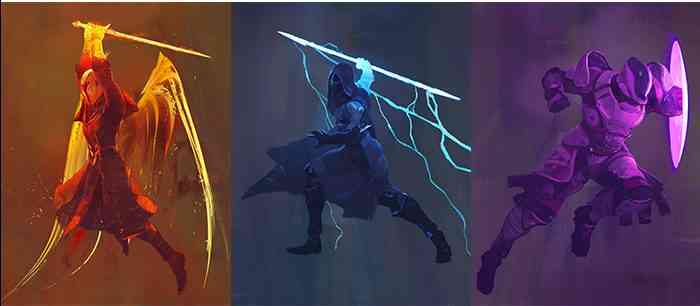
Between story missions, you need plenty to do on the journey to reaching max level and beyond. In Destiny 1, completing the same patrols, bounties, and weekly strikes felt tedious and rarely granted worthwhile rewards. It was one of the main reasons my enthusiasm for the game dwindled quickly. In Destiny 2, gone are the days of repeatedly engaging in the same mindless patrols for hours on end. Patrols remain at your disposal but are accompanied by a myriad of new and reimagined activities to fulfill your deepest desires for loot and lore. I was delighted to find that said activities inhabit significantly larger worlds than seen in the previous game; providing plenty of exploration, aliens to kill, and goods to acquire.
______________________________
“In Destiny 2, gone are the days of repeatedly engaging in the same mindless patrols for hours on end.”
First and foremost, the inclusion of the destination map is a significant improvement over the original game. When viewing it you can quickly locate key locations, active public events, adventures, patrols, NPCs, and fast travel points. Each world is massive, so, being able to determine points of interest, set waypoints, and instantly travel to and from planets was a marvelous revelation as I explored the new, expansive play spaces. The four new worlds of the EDZ, Titan, Nessus, and IO are designed to keep players busy for hours on end with the inclusion of adventures, lost sectors, reimagined public events, flashpoints, high-value targets, treasure chests, patrols, and more. Adventures are an excellent new addition to the gameplay as they provide insight to the backstories of the world, introduce players to unfamiliar areas, and supply commendable gear or upgrade points upon completion. Locating Lost Sectors for the first time is a lot of fun, and they’re far more exciting than discovering a loot box within a tiny cave like in Destiny 1. In many ways, they feel like mini dungeons, which makes them a fantastic addition to the open worlds.

Public events return in Destiny 2 reimagined and are more accessible than ever. Thankfully you no longer have to wait around for public events to spawn. Ongoing events can be located on the destination map, and can also be activated at a moment’s notice. Standard public events are amplified by triggering heroic public events, which spawn bonus objectives, stronger enemies, and bosses. Prevailing over the additional challenges rewards players with better loot in comparison to regular public events. The option of activating public events at will is great, as it constantly provides players with goals to complete, experience to gain, and loot to collect at their own pace in addition to the slew of alternative objectives. Public events are boosted with the inclusion of Flashpoints, which serve as ever-evolving weekly events focused on featured destinations. Throughout the quest, players will encounter rare enemy types and can seek valuable treasure with maps supplied by everyone’s favorite Exo, Cayde-6. As with everything else in Destiny 2, completing Flashpoints compensates players with glorious loot, and assists players in familiarizing themselves with the spaces they populate. Having Flashpoints move to a new location every week certainly keeps things fresh, but unless the activities on each planet also continue to evolve, they may begin to feel dull after the second or third go-around.
______________________________
“The gameplay is magnificent regardless of the Crucible mode or strike, but the lack of having the option to choose for myself is hampering the experience.”
Strikes in Destiny 2 haven’t received quite as much innovation as the campaign and Crucible, but in some ways, they feel like mini raids. Firefights with hoards of enemies occur, platforming sections ensue, there are environmental obstacles to overcome, and boss battles are equally challenging and rewarding. Their battles possess certain gimmicks that forge interesting challenges. The Exodus Crash strike repeatedly comes to mind, as Overcharge Shanks litter the arena in pools that electrocute you and plod your movement. I never had any complaints regarding the strikes in Destiny 1, but I enjoy the minor tweaks they’ve received in the sequel.
The Crucible is back and revamped for competitive 4v4 action supported by killer new game modes in addition to fan favorites. Countdown feels very inspired by game modes like Demolition from CS:GO or Bomb from Rainbow Six: Siege, but plays at a significantly faster pace. In comparison to the classic Crucible modes, I find Countdown to be one of Destiny 2’s finest additions as it perfectly epitomizes the strengths of Destiny’s team oriented combat. I can say the same for Survival, which grants each team with only eight lives at the start of a match. I’ve already had some nail biting finishes in Survival, and it’s quickly becoming one of my favorite Crucible modes.
The only disappointing aspect of both strikes and the Crucible is that their playlists are entirely random. You can’t select Crucible game modes to play at will, and strikes are determined for you. I’ve repeatedly found myself playing Supremacy for several matches in a row, and playing the same strike back to back. It actually feels like a major step backward from Destiny 1, and I’m struggling to find the reasoning behind it. The gameplay is magnificent regardless of the Crucible mode or strike, but the lack of having the option to choose for myself is hampering the experience.

Speaking of competition, having clans integrated directly into the game is exceptional. I love being able to show off my banner and collectively earn rewards based off of my clan’s success. Another feature I’m excited about is Guided Games. Having the option to find an experienced fireteam to jump into games with while rewarding players at the same time is a brilliant addition. Unfortunately, the feature was inactive at launch. Thankfully, I have an established fireteam to roll with when it comes to Nightfall strikes, but I imagine that players who were in need of a team at launch were disheartened by Guided Games’ inactivity. Beta testing Guided Games for strikes and raids was probably impossible prior to launch, as it would’ve spoiled much of what the game has to offer. But with such a valuable feature embedded within the game, it would have been nice to have it accessible from day 1.
Progression in Destiny 2 is bounteous, as you’re rewarded for every single thing you do. Whether you’re participating in adventures, public events, strikes, the Crucible, or simply killing enemies while free roaming, you’re always granted new, superior gear. Having engrams immediately decrypt on pickup is incredibly satisfying, as it prevents you from having to constantly travel to and from the farm. I can’t help but laugh at the time I spent in Destiny 1 running around in circles collecting loot chests in hopes of acquiring an engram that may or may not have granted me a decent piece of gear in return. However, I’ve exhausted just about everything there is to do in order to level up, so, I’ve resorted to hoping for exotic drops as often at the loot gods are willing to supply them. Destiny 2 has only just begun, and Bungie will undoubtedly update the game as time goes on. But as of right now, I’m finding myself repeating the same public events over and over again in an effort to level up. On the plus side, progression is tracked easily with the addition of Milestones, a system designed to organize your daily objectives.
______________________________
“Whether you’re participating in adventures, public events, strikes, the Crucible, or simply killing enemies while free roaming, you’re always granted new, superior gear.”
It’s important to address the elephant in the farm. Yes, micro transactions exist in Destiny 2 and they come in the form of Silver sold through the Eververse merchant. Silver’s the currency used to purchase the sacred ‘Bright Engrams’, the same engrams that are granted to you every time you level up. Within them, you’ll find mostly cosmetic items including ships, sparrows, emblems, emotes, and shaders. The only micro transactions I’ve taken serious issue with in the past involve items that impact gameplay, specifically in PvP. Considering they’re exclusively cosmetic upgrades, I personally don’t have a problem with them whatsoever. The process of reaching level 20 is surprisingly quick, which has provided me with a satisfactory supply of Bright Engrams along the way and beyond. Be that as it may, I’m still disappointed with the fate that has befallen shaders. Yes, you can still acquire them when leveling up, but many are essentially trapped behind the Eververse merchant; tempting players to fork over cash instead of enduring the challenges of a raid to earn one special shader that represents something. It’ll be interesting to see the long-term impact that the Eververse has on Destiny 2.
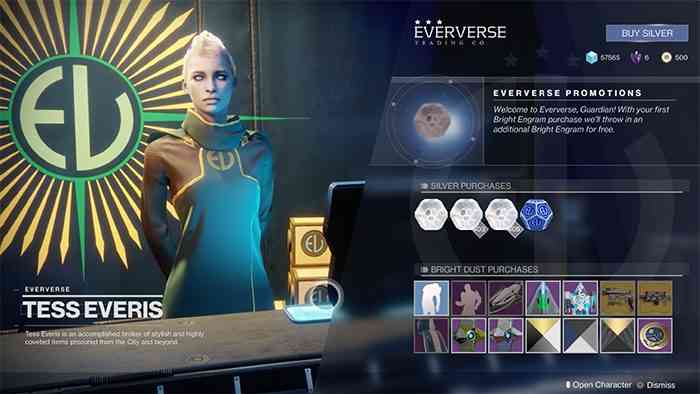
That brings us to Destiny’s flagship event, THE RAID. In this case, the Leviathan Raid. Turns out Ghaul’s old pal ‘Emperor Calus’ is in town and offering guardians loot and glory should they best him. Fortunately, those are the two things my buddies and I crave most in Destiny 2 and we were thrilled to oblige. For the sake of spoilers, I won’t be discussing the minute details of the raid, but what I will say is that I thoroughly enjoy it. It’s certainly not my favorite, but I’d rank it in my top 3. The focus on traversal and stealth is a unique approach to completing certain objectives and I had a great time wrapping my head around the complexity of each room. Teamwork and communication are more important than ever before, as each player of your fireteam is crucial to overcoming each challenge. You literally can’t win unless everyone’s contributing. Calus’ boss fight can be frustrating if your fireteam is out of sync, but successfully bringing him down is incredibly satisfying. As an added bonus, the Grand Leviathan itself is a gorgeous setting, and the lore surrounding the raid weaves nicely into the main narrative. I can’t wait to revisit in my quest to acquire every last piece of loot.
Visually, Destiny 2 appears to be more polished and features environments bursting with color. From the blues of Titan’s oceans to the green lit skies of Nessus, the skyboxes are vibrant and packed with detail. The visuals are particularly admirable running at 4K on a PS4 Pro. Granted, the 4K visuals are met through checkerboarding, but they still provide a noticeable enhancement over standard 1080p. I also greatly appreciate the lore exemplified through the death of enemies. Like the souls that leave the bodies of Fallen and the milk that erupts from Vex when they explode. However, many of the animations from Destiny 1 have been recycled in the sequel. It’s only a minor disappointment for me, but considering you frequently stare down the barrel of a gun, I would’ve liked to have seen some new reload animations at least. All in all, Destiny 2 is a beautiful game brought to life by incredible audio.
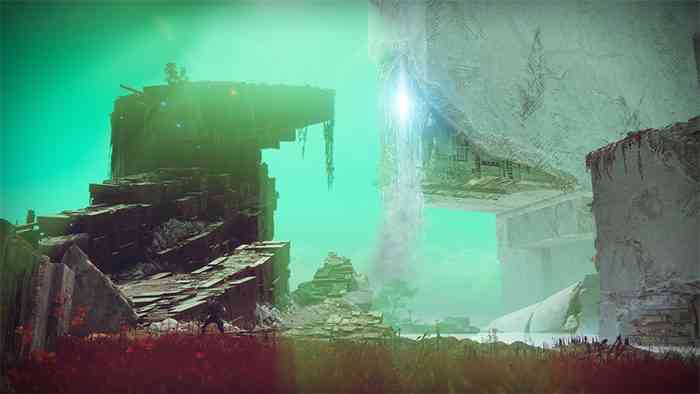
Though the game bears imperfections, Bungie has transcended my expectations for Destiny 2. The narrative succeeds in engaging me as a player, every great idea from Destiny 1 has been vastly expanded, and progression rewards are unyielding. I’m excited to see how the game continues to grow and evolve over time through feedback from the community. Even as I write this, I’m itching to get back to plundering space loot with my fireteam. If you’re playing Destiny 2, feel free to join the COGconnected clan on bungie.net here. We’re all about those sweet clan rewards. See you out there, guardian.
*** PS4 code provided by the publisher ***
The Good
- An engaging narrative
- Relentlessly Rewarding
- Huge social spaces with many activities
- Restructured loadouts are magnificent
The Bad
- Disappointing shader system
- New Hunter subclass feels too familiar
- Strike and PvP random playlists can be frustrating
